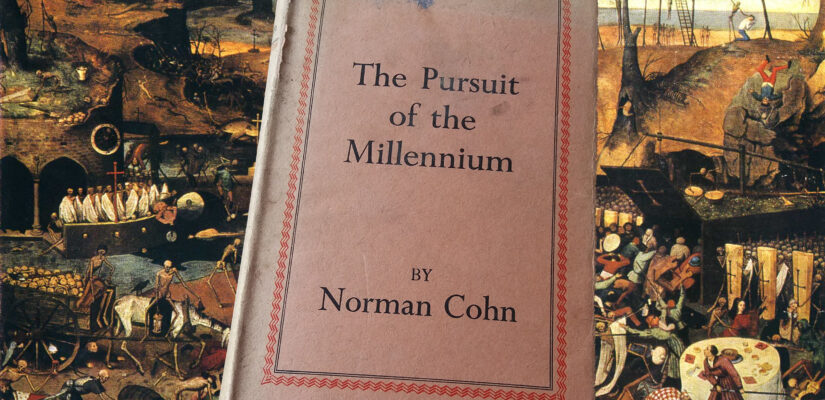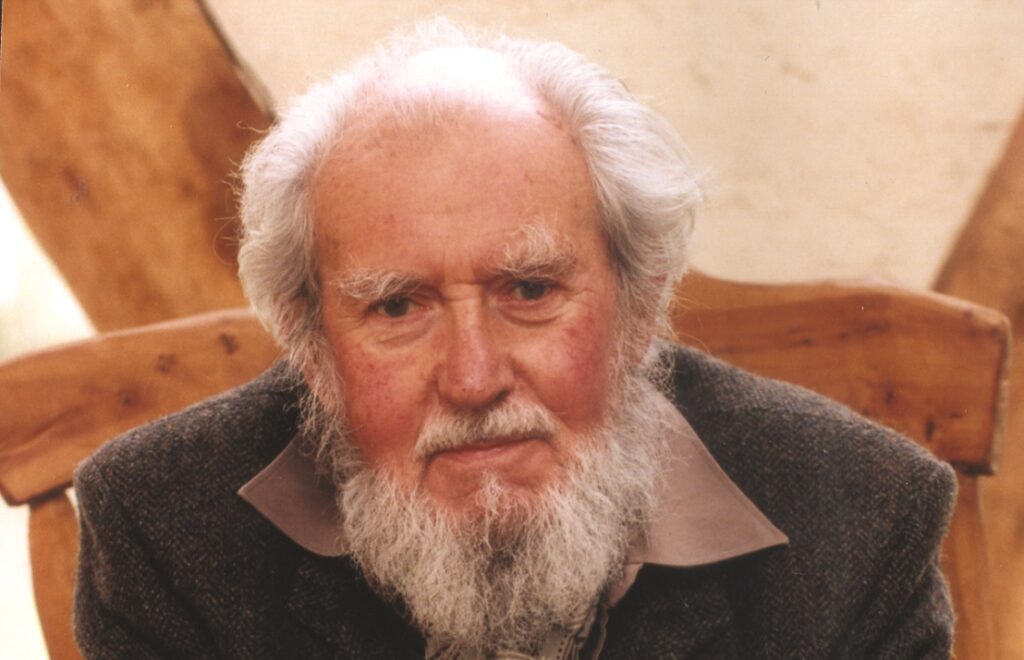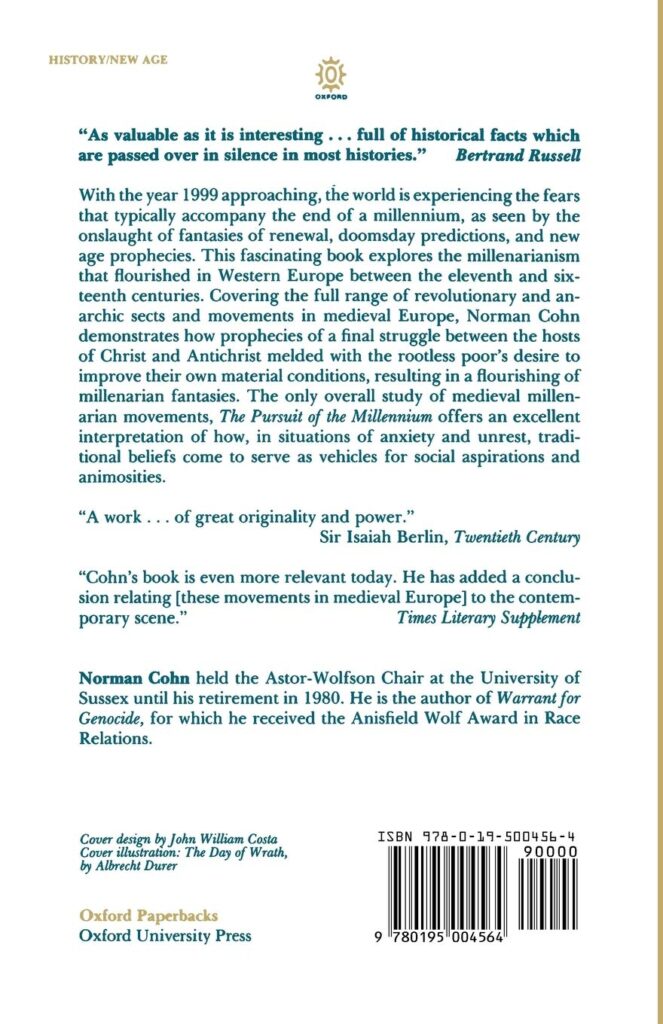
The Pursuit of the Millennium | (dot)philosophy

(dot)philosophy | A space by GIACOMO MARIA ARRIGO
Norman Cohn (1915-2007) was a British historian who dedicated many studies to Medieval fanaticism (and to its alleged resurrections in modern Europe). According to Cohn, in the late Middle Ages «there were always men […] who in fact passionately desired to be seen as infallible, wonder-working saviours. In the main such men came from the lower strata of the intelligentsia. They included many members of the lower clergy, priests who had left their parishes, monks who had fled from their monasteries, clerks in minor orders. They included also some laymen who, unlike the laity in general, had acquired a certain literacy – artisans chiefly, but also some administrative officials and even occasionally a nobleman whose ambitions were loftier than his status»[1].

Such men took advantage of the dissatisfaction of the eradicated masses. From the 11th century onwards, indeed, Europe changed its socio-economic face: the population increased and commerce developed, causing the creation of new industrial centers, the rise of the surplus population, the movement of peasants from the countryside to new urban centers and the impossibility for the industry to absorb the surplus population… All these elements, grounded in «a rather primitive form of uncontrolled capitalism,»[2] created explosive conditions for revolutionary eruptions. To use Cohn’s own words, revolutionary outbreaks became more likely «when population was increasing, industrialization was getting under way, traditional social bonds were being weakened or shattered and the gap between rich and poor was becoming a chasm»[3]. Traditional peasant families and strong kinship-groups, which used to contain any disorder, did not have the chance to take root in big industrial centers.
To sum up, «journeymen and unskilled workers, peasants without land or with too little land to support them, beggars and vagabonds, the unemployed and those threatened with unemployment, the many who for one reason or another could find no assured and recognized place – such people, living in a state of chronic frustration and anxiety, formed the most impulsive and unstable elements in medieval society»[4].
And amongst these unstable elements, there was always a charismatic leader who belonged to the lower strata of the intelligentsia and who promoted a form of salvationist ideology. Very often such a leader imposed himself as the messiah, a prophet, the savior, who has the mission of bringing the world back to the golden age through a total transfiguration of society. («This was the process,» Cohn says, «which, after its first occurrence in the area between the Somme and the Rhine, was to recur in later centuries in southern and central Germany and, still later, in Holland and Westphalia»[5].

Sense of impotence and anxiety of the growing poor population was the fuel for this kind of designs fabricated by frustrated radical intellectuals. The revolutionary plan «did not of course enable the helpless masses to overcome their dilemmas [namely, the chronic insecurity], and it often prompted them to courses of action that proved downright suicidal. But it did hold their anxieties at bay, and it did make them feel both immensely important and immensely powerful. […] Such shared fantasy […], though delusional, yet brought them such intense emotional relief that they could live only through it, and were perfectly willing both to kill and to die for it»[6].
Revolutionary plans always took the shape of eschatological turnings: the revolutionary effort aims at bringing about the Millennium, that is, a period of prosperity, wealth, peace and harmony before the Last Judgement and the End Time.
Eventually, Cohn adds (but does not fully develop) an important assumption, i.e., the «hidden continuity»[7] between Medieval chiliastic movements and modern revolutionary-totalitarian experiences such as Nazism and Bolshevism.
[1] Norman Cohn, The Pursuit of the Millennium: Revolutionary Millenarians and Mystical Anarchists of the Middle Ages (1957; revised and expanded, New York: Oxford University Press, 1970), chap. 4
[2] Ibid., chap. 3.
[3] Ibidem.
[4] Ibidem.
[5] Ibidem.
[6] Ibid., chap. 4.
[7] Norman Cohn, preface to the Italian edition I fanatici dell’Apocalisse (Torino: Edizioni di Comunità, 2000), p. 12.